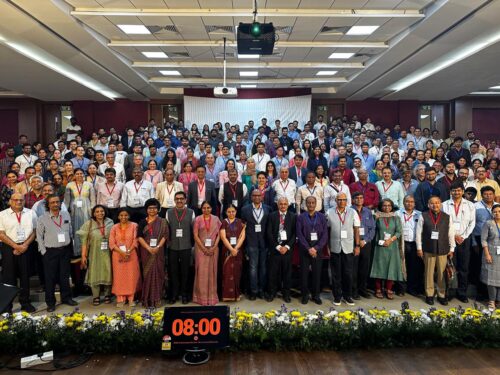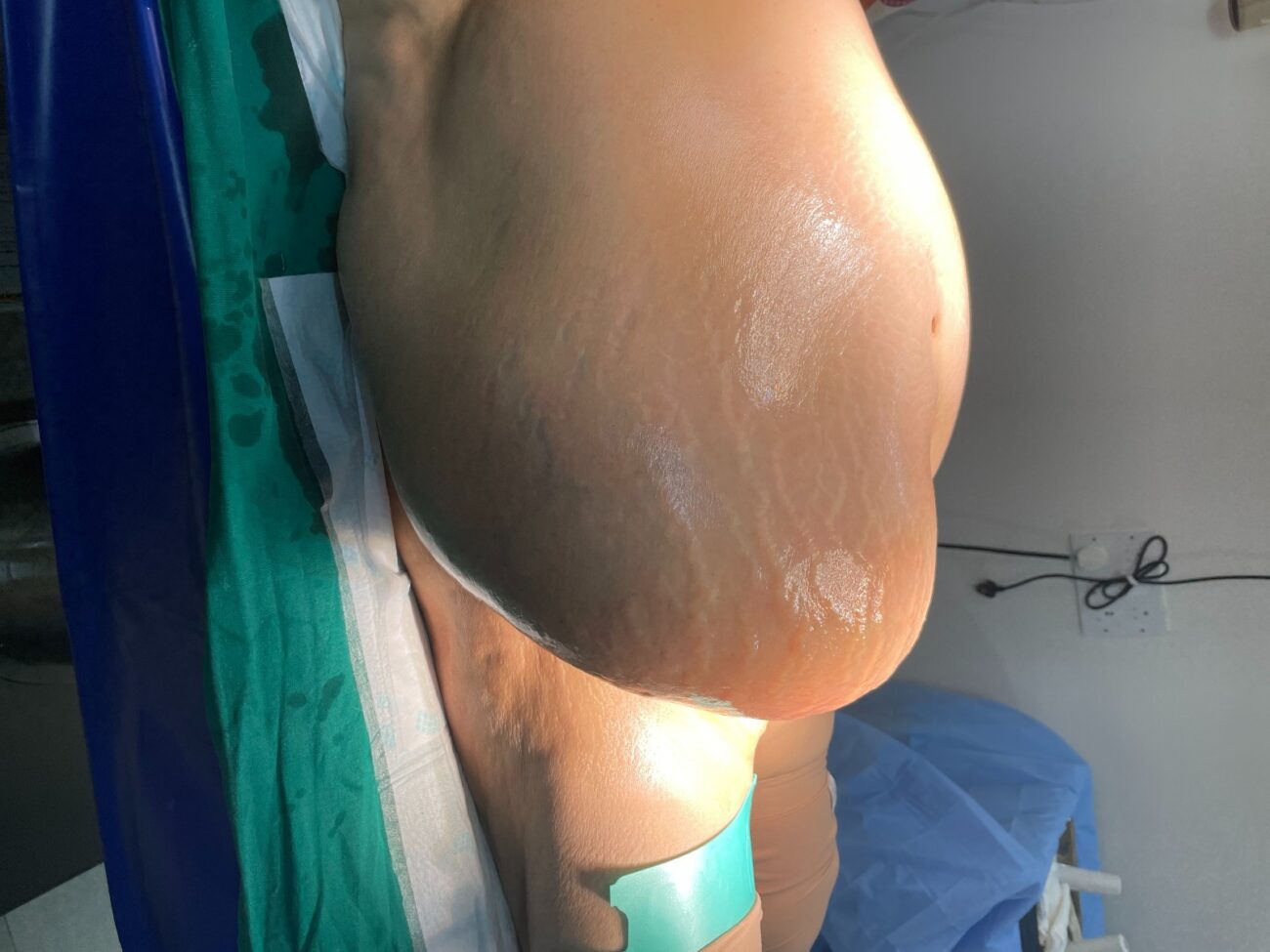Suburban Diagnostics has shared a study on COVID Variants detected in India, including their characteristics, their notable mutations, Potential effects on transmissibility, virulence, and immune escape.
Its implications in diagnosis using RT-PCR and about the efficiency of the vaccine against the variants. Do let me know if you would like to interact with the spokesperson for the same. SARS-CoV-2 Variants: What we know

Its implications in diagnosis using RT-PCR and about the efficiency of the vaccine against the variants.
Do let me know if you would like to interact with the spokesperson for the same.
SARS-CoV-2 Variants: What we know so far
Over the past few days, we have seen a slow creeping, yet worrying, rise in the number of COVID-19 cases reported per day in Mumbai.
There could be many possible reasons for this:
- Many businesses have reopened and restarted working from the office
- There have also been an increased number of outdoor and indoor gatherings
- It is possible that people have started to be lax about precautions
- The last possibility is that virus variants with increased transmissibility are starting to spread in India
What is a variant?
The coronavirus has an RNA genome with -30,000 bases. As the virus spread across the world over the past year, it has undergone mutations. A new virus variant is one which has one or more mutations that differentiate it from the ‘wild-type’ or predominant virus variants already circulating among the general population. Many mutations do not affect the virus’s ability to spread or cause disease because they do not alter the major proteins involved in infection; eventually, these are outcompeted by variants with mutations that provide survival and propagation advantages to the virus — Darwinism at work.
Genomic surveillance of the emerging variants has been an ongoing process with studies being done to evaluate the following characteristics of every new variant:’1′
- The ability to spread more quickly and efficiently.’1′
- The ability to cause milder or more severe disease.
- In January 2021, experts in the UK reported that B.1.1.7 variant may be associated with an increased risk of death compared to other variants.”‘
- The ability to evade detection by RT-PCR tests.
- Currently no variant can completely evade the RT-PCR kits in use, mostly because they all use multiple targets. As of now, only the S-gene detection has been found to be affected.’3′
- Decreased susceptibility to therapeutics that employ monoclonal antibodies.
- The ability to evade natural or vaccine-induced immunity.
- Both vaccination against and natural infection with SARS-CoV-2 produce a “polyclonal” response that targets several parts of the spike protein. The virus would likely need to accumulate multiple mutations in the spike protein to evade immunity induced by vaccines or by natural infection.’2′
Among these possibilities, the last—the ability to evade vaccine-induced immunity—would likely be the more concerning because once a large proportion of the population is vaccinated, there will be immune pressure that could favor and accelerate the emergence of such variants by selective pressure (su of the fittest
IMPORTANT VARIANTS OF CONCERN
| Name(s) |
Distribution |
Notable mutations |
Potential effects on transmissibility,
virulence and immune escape |
Detected in India |
| B.1.1.7 201/501Y.V1 VOC202012/01 | First identified in late December in the UK, it has spread to 62 countries in Europe, Asia, the US, and elsewhere.(4,5) | 17 recent mutations, including N501Y, P681 H, HV ó9—70 deletion, and four more on the spike protein; the ORF8 O27stop mutation outside the spike protein.(4) | • Thought to have greater than
40 percent increased transmissibility.”‘ • Increased virulence suggested but remains unresolved.”‘ • Little concern around current vaccine efficacy.”‘ |
Yes”‘ |
| B.1.351
20C/501Y.V2 |
Identified in fate December in South Africa and now spotted in Africa, Europe, Asia, and Australia.”‘”‘ | 21 mutations, including N501Y, E484K, and
K417N on the spike protein, and ORF1b deletion outside the spike protein.”‘ |
• Suggested to have heightened transmissibility.””
• No evidence of increased virulence.”‘ • In vitro studies suggest a potential for immune escape following natural infections and a small effect on the potency of vaccine-induced antibodies.”‘ ”’ |
Yes’”’ |
| P.1 20J/501Y.V3 | Discovered in travelers from Brazil during screening at a Japanese airport in January; now known
to widely circulate in Brazil.”‘ |
17 amino acid changes, including N501Y, E484K, and K417N on the spike protein; ORF1b deletion outside the spike protein.”” | • Effect on transmissibility and/or virulence unknown.
• There is evidence to suggest that some of the mutations in the P.1 variant may confer some ability to evade the immune system.'”‘ |
Yes’”’ |
IMPLICATIONS IN DIAGNOSIS USING RT-PCR
One of the major concerns with regards to the emergence of these new variants is the possibility that the mutations may affect the ability of current RT-PCR tests in detecting the virus. It has been seen that the B.1.1.7 variant has 2 deletions at positions 69 and 70 which cause S-gene target (failure (SGTF) in at least one RT-PCR—based diagnostic assay.”‘ However, the variants with the deI69—70 produce a negative
result for S-gene target and a positive result for the other two targets — so the results will still be positive 3
The general take away is to avoid any RT-PCR kits which have a single S-gene target and instead, use kits with 2 or more different gene targets for detection of the SARS-CoV-2 virus.‹3›
DETECTION AND CONFIRMATION OF VARIANTS
Currently, detection and confirmation of variants is possible only” by genomic sequencing of the virus, currently done by the central institutes. However, suspicion may be raised for some variants if there is a discordance in the results amongst the various targets of the RT-PCR assay.”‘
EFFICACY OF VACCINES AGAINST THE NEW VARIANTS
Of the 3 variants we have discussed, the UK variant has been found to be susceptible to the current
vaccines available in India. The other two variants are of concern in this matter. The mutations that these 2 variants have seem to provide some protection against antibodies. In vitro studies have raised the
possibility of immune escape i.e the ability to evade the immune system 131417
However, data is still being analyzed and all for sure in the days to come.






